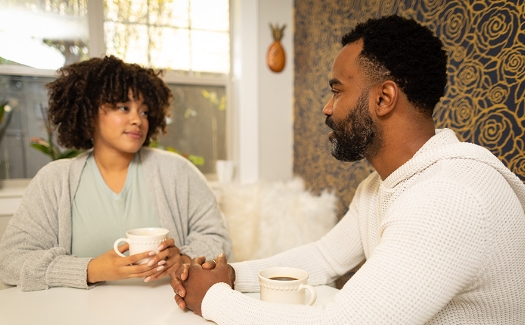
Ending inequities
In Oregon, we are focused on ending new HIV/STI transmission by using a whole-person lens, and by leading with racial/ethnic equity work. We cannot end HIV/STI transmission without ending inequities.
Oregon averages about 200 new HIV cases each year, fewer HIV infections compared to other parts of the country. However, we know that fewer people got tested for HIV and STI during the COVID-19 pandemic. It’s estimated that 1,087 people living in Oregon have HIV and don’t know it.

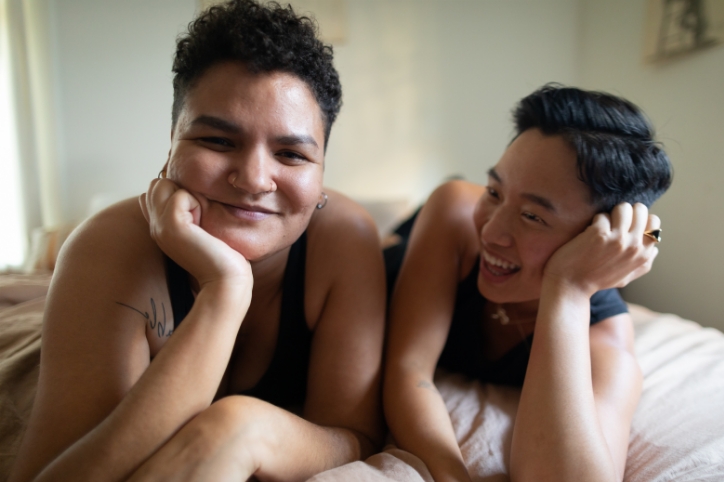
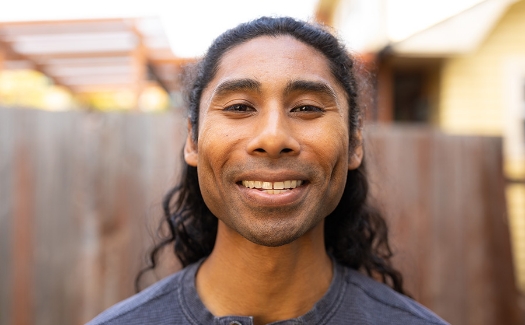
Oregon’s data shows health inequities in HIV diagnosis, prevention, and treatment.
Oregon HIV data
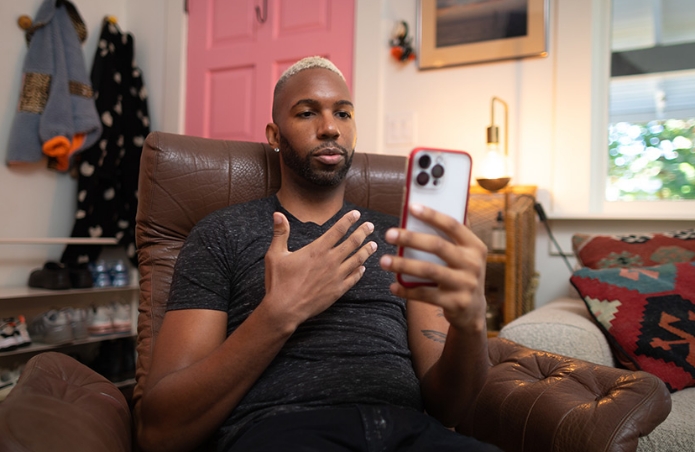

In Oregon, we are focused on ending new HIV/STI transmission by using a whole-person lens, and by leading with racial/ethnic equity work. We cannot end HIV/STI transmission without ending inequities.

We all have an HIV status, and we all should be tested for HIV at least once in our lives. Oregon’s strategy for ending new HIV transmissions prioritizes some populations, while recognizing that many people have intersectional identities, and cannot be defined by just one group.
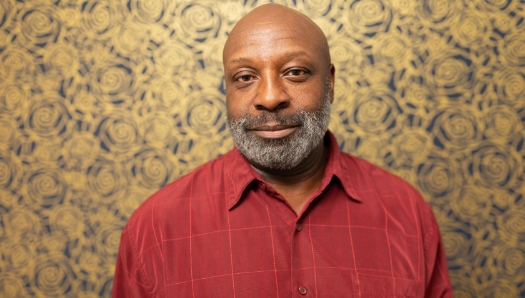
People living in Oregon who are Black/African American, American Indian/Alaska Native, Native Hawaiian/Pacific Islander, and Hispanic or Latino/a/x have higher than the average state HIV diagnosis rate (4.7 per 100,000), people who are white, Multiracial, or Asian have lower than average rates. The most recent HIV testing, prevention, and treatment data for Oregon can be found here.
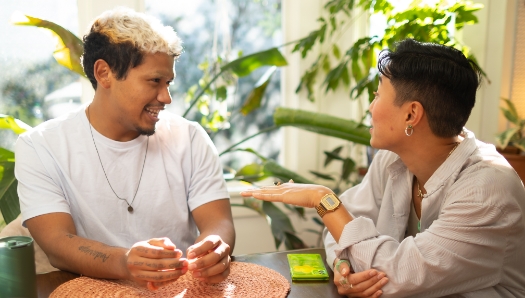
Work to end new HIV diagnoses must address these striking racial and ethnic inequities. End HIV Oregon supports community designed and led projects. This helps local communities share information and prevention tools to help protect the people most vulnerable to HIV/STI infection. Learn more about the work our partners are doing around the state.